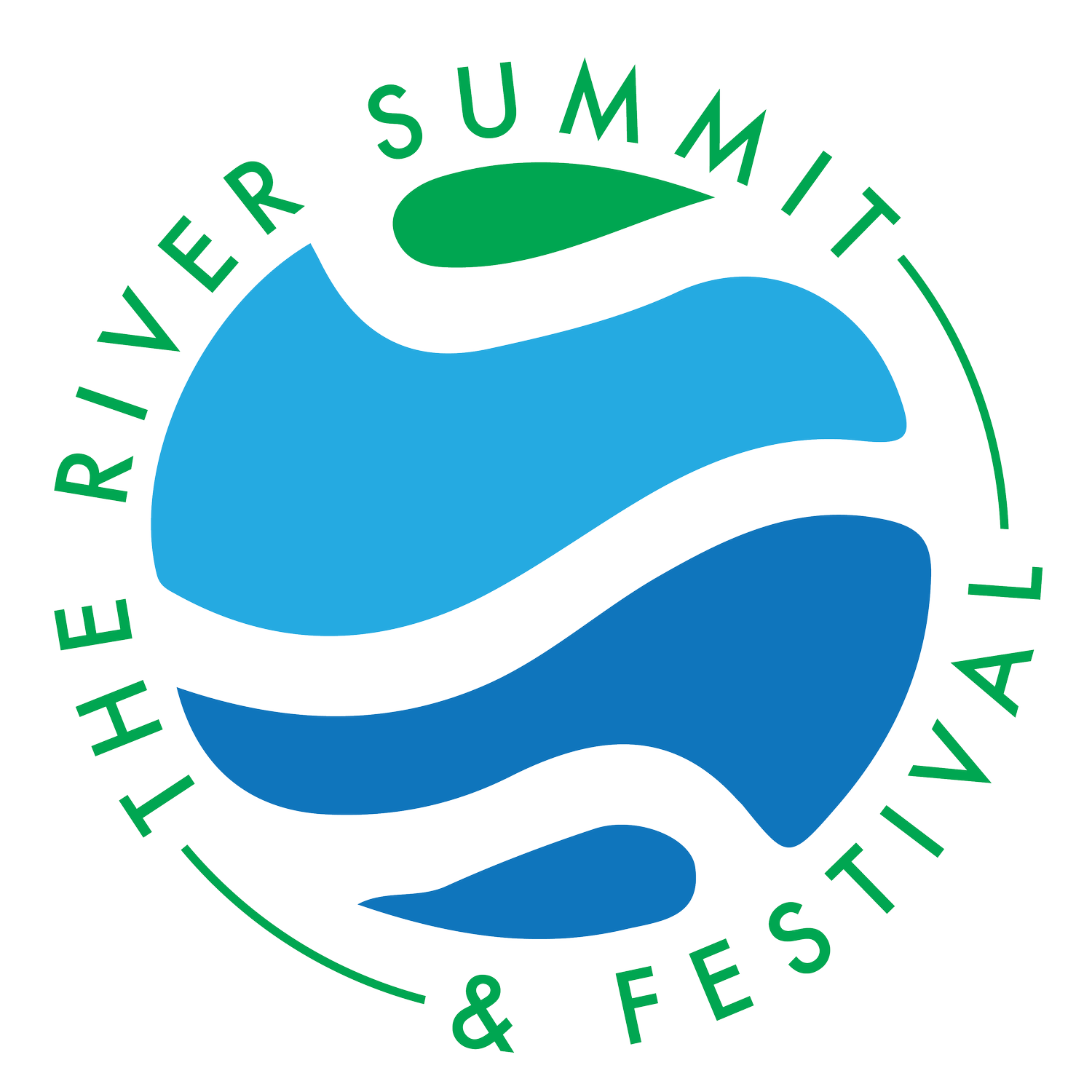Permaculture’s protective, sustainable relationship to rivers and water
Permaculture, a holistic and regenerative design approach, holds immense potential to positively impact rivers and contribute to water conservation. By integrating permaculture principles into land use and landscaping, we can nurture a symbiotic relationship between our actions on land and the health of our waterways.
One of the primary benefits of permaculture in this context is its focus on water conservation and management. Permaculture emphasizes capturing and utilizing rainwater efficiently through techniques like swales, ponds, and rain gardens. These methods help to recharge groundwater, reduce erosion, and mitigate flooding, thus directly alleviating stress on rivers and their ecosystems.
Furthermore, permaculture promotes the use of water-saving irrigation systems, such as drip irrigation, and the planting of drought-tolerant and native species. By carefully selecting and placing plants based on their water needs and compatibility, permaculture gardens require less irrigation, easing the burden on local water sources and rivers.
The emphasis on organic and regenerative farming practices within permaculture helps reduce pollution caused by conventional agriculture, preventing harmful runoff from reaching rivers. By avoiding chemical fertilizers and pesticides, permaculture promotes soil health, preventing soil erosion and sedimentation that can negatively impact water quality.
Additionally, permaculture encourages a cyclical approach to waste management through composting and recycling organic matter. Compost-enriched soil has a higher capacity to retain water, reducing the need for irrigation and minimizing runoff into nearby rivers.
In summary, permaculture offers a comprehensive approach to sustainable living that, when applied thoughtfully, can significantly benefit rivers and water conservation. By implementing water-wise techniques, enhancing soil health, and promoting responsible land management, permaculture contributes to a healthier, more balanced relationship between humanity and our precious water resources.

